I've never seen an A50 amplifier. Very informative link - thanks! Amazing the stuff they knew before I was born, like you may want to vary your amplifier's output impedance w.r.t. speaker placement in the room. Versus today's "zero for every situation" norm.
Yes, but these also were 1950ies designs - as I said before 😉.
Best regards!
Kello Kay Pirinha, Sorento and all.
Each one of you has a great memory; truly admirable!
The US patents for Circlotrons by the independent inventors Wiggins [1958 grant] and Hall [1955 grant] are attached [c/o uspto.gov]. The Wiggins patent shows the use of Positive Current Feedback [PCF] as articulated by Kay Pirinha. The Model A50 Amplifier by Electro-Voice, Inc. is its reduction to commercial practice.
Hall and Wiggins, most probably were the only producers of their Circlotron power amps during the 1950ies; because of IP protection by US Patent Law.
Best wishes
Anton
Attachments
Schematics updates HOME Thanks to Japanese DIY Friends 🙂
Attachments
-
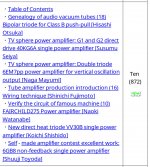 197CA127-65A8-4935-A115-79E332DC97E6.JPG396.1 KB · Views: 665
197CA127-65A8-4935-A115-79E332DC97E6.JPG396.1 KB · Views: 665 -
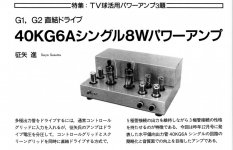 53720FF1-20AF-48BC-8C75-0FC0761742D0.JPG298.6 KB · Views: 649
53720FF1-20AF-48BC-8C75-0FC0761742D0.JPG298.6 KB · Views: 649 -
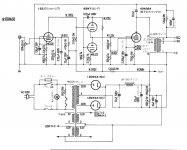 DB2431A3-86AD-479F-A8A6-4C94947B7059.JPG274 KB · Views: 658
DB2431A3-86AD-479F-A8A6-4C94947B7059.JPG274 KB · Views: 658 -
 286B01EC-F6B2-4E01-AE78-70DE54072597.JPG237 KB · Views: 692
286B01EC-F6B2-4E01-AE78-70DE54072597.JPG237 KB · Views: 692 -
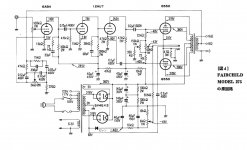 4F14F32A-6CCD-434D-9373-535E9B982DBA.JPG279.3 KB · Views: 281
4F14F32A-6CCD-434D-9373-535E9B982DBA.JPG279.3 KB · Views: 281 -
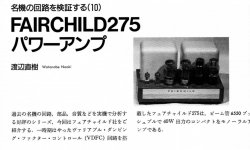 76957777-3398-4889-A953-0525FE00EC57.JPG318.7 KB · Views: 295
76957777-3398-4889-A953-0525FE00EC57.JPG318.7 KB · Views: 295 -
 0CF7755F-98C4-49EB-B1E2-76DD563C30FF.JPG318.7 KB · Views: 670
0CF7755F-98C4-49EB-B1E2-76DD563C30FF.JPG318.7 KB · Views: 670 -
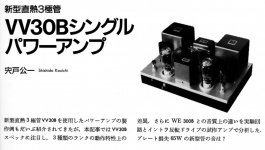 6A9A8238-48AA-4E34-BC2A-540B70C5C716.JPG267.2 KB · Views: 279
6A9A8238-48AA-4E34-BC2A-540B70C5C716.JPG267.2 KB · Views: 279 -
 2EE87962-F0A1-4824-BFEA-84399D74C2EF.JPG352.5 KB · Views: 257
2EE87962-F0A1-4824-BFEA-84399D74C2EF.JPG352.5 KB · Views: 257 -
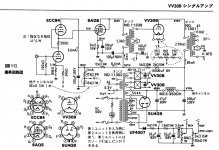 13052D5A-0C6C-4721-B717-686897F3FE9F.JPG457.3 KB · Views: 314
13052D5A-0C6C-4721-B717-686897F3FE9F.JPG457.3 KB · Views: 314
Attachments
-
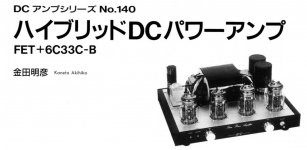 06031525-72A8-43A5-B273-AD61625176E1.JPG192.6 KB · Views: 181
06031525-72A8-43A5-B273-AD61625176E1.JPG192.6 KB · Views: 181 -
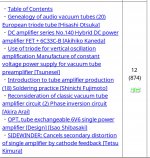 770CAD2D-D28E-4D13-94E6-ABFED11FB334.JPG424.1 KB · Views: 250
770CAD2D-D28E-4D13-94E6-ABFED11FB334.JPG424.1 KB · Views: 250 -
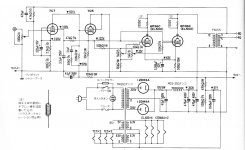 BB9C7A1B-2CDD-4E22-8FC9-0B7D7302A961.JPG287.2 KB · Views: 249
BB9C7A1B-2CDD-4E22-8FC9-0B7D7302A961.JPG287.2 KB · Views: 249 -
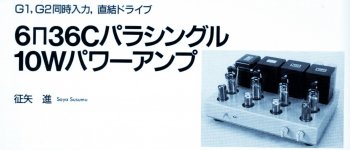 EAA45F14-13AC-4B61-9188-C3A5C5647541.JPG180.5 KB · Views: 176
EAA45F14-13AC-4B61-9188-C3A5C5647541.JPG180.5 KB · Views: 176 -
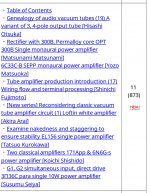 42865179-D920-4347-950D-6B79F07468CA.JPG374.1 KB · Views: 217
42865179-D920-4347-950D-6B79F07468CA.JPG374.1 KB · Views: 217 -
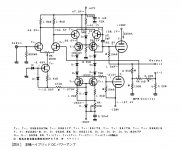 D27F71C4-6449-47D0-9386-08F8BC4E023E.JPG274.5 KB · Views: 249
D27F71C4-6449-47D0-9386-08F8BC4E023E.JPG274.5 KB · Views: 249 -
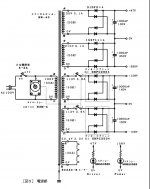 A25699BE-2CAD-4F68-9629-1C19E56EDDCB.JPG193.8 KB · Views: 261
A25699BE-2CAD-4F68-9629-1C19E56EDDCB.JPG193.8 KB · Views: 261 -
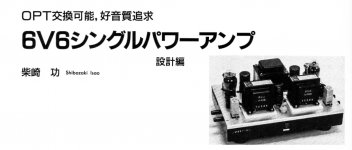 55DAA856-5102-403E-BC58-97DC8922100E.JPG194.8 KB · Views: 212
55DAA856-5102-403E-BC58-97DC8922100E.JPG194.8 KB · Views: 212 -
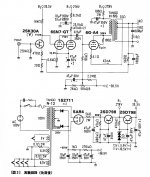 7568FB85-7D2E-4ED2-88E6-E9008383BADB.JPG279.6 KB · Views: 286
7568FB85-7D2E-4ED2-88E6-E9008383BADB.JPG279.6 KB · Views: 286
Attachments
-
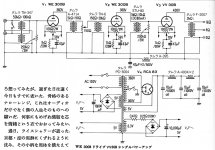 498D009C-44BB-494F-8FFE-7A8985D10B21.JPG413 KB · Views: 219
498D009C-44BB-494F-8FFE-7A8985D10B21.JPG413 KB · Views: 219 -
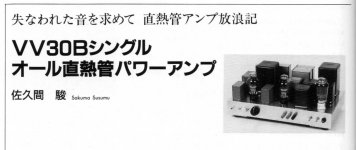 72411BC3-760A-44B1-A8FF-F7A111FFEFD0.JPG229.8 KB · Views: 251
72411BC3-760A-44B1-A8FF-F7A111FFEFD0.JPG229.8 KB · Views: 251 -
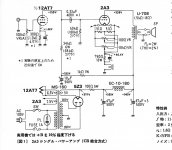 6C3E0694-BAB4-4809-9D38-F4F3FDBF1AFA.JPG293.9 KB · Views: 254
6C3E0694-BAB4-4809-9D38-F4F3FDBF1AFA.JPG293.9 KB · Views: 254 -
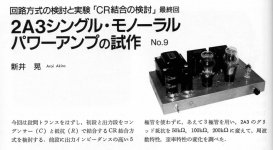 8C95FCBE-CA77-4799-866C-F9541E89B9E8.JPG335.6 KB · Views: 158
8C95FCBE-CA77-4799-866C-F9541E89B9E8.JPG335.6 KB · Views: 158 -
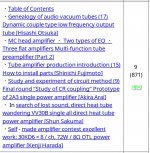 9D33C2B5-3993-48FE-BF00-9AA9B4BEB5C2.JPG440 KB · Views: 211
9D33C2B5-3993-48FE-BF00-9AA9B4BEB5C2.JPG440 KB · Views: 211 -
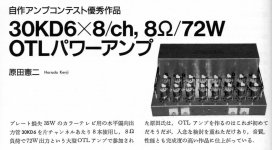 0A4ACCEC-DF3F-42DB-B2FB-62B94851E338.JPG385.5 KB · Views: 243
0A4ACCEC-DF3F-42DB-B2FB-62B94851E338.JPG385.5 KB · Views: 243 -
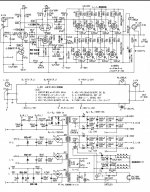 47E7BA5B-5168-4156-86BC-A922D73ED81F.JPG516.9 KB · Views: 224
47E7BA5B-5168-4156-86BC-A922D73ED81F.JPG516.9 KB · Views: 224 -
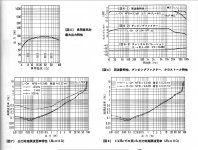 FB181298-C56E-459F-A5F6-1EC8777F62BC.JPG479.7 KB · Views: 205
FB181298-C56E-459F-A5F6-1EC8777F62BC.JPG479.7 KB · Views: 205 -
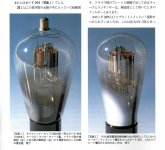 03435717-7A23-4DE4-85BE-052249D6A292.JPG460.7 KB · Views: 179
03435717-7A23-4DE4-85BE-052249D6A292.JPG460.7 KB · Views: 179
To pics 2 and 3 in this posting: Most probably never will I understand what might have driven the designer to put two output tubes in parallel instead of designing PP, just in case he has two tubes ready 😕😕😕? Most probably he must have known that TV sweep tubes are rather benign in PP, but somewhat delicate in SE 😕.
Best regards!
Most probably never will I understand what might have driven the designer to put two output tubes in parallel instead of designing PP
Тhe desire to create an amplifier with a specific SE sound character. What else is there to understand?
A pretty impressive solution with no signal coupling caps.
Last edited:
You got it, the effect of which potentially cancel some of the distortion generated by dynamic driver.
Hi, there is a 6EM7 PP in post #403. Seems a nice one to try. I wonder if the OPT is a 5K/8 Ohm ? ..
Hi, there is a 6EM7 PP in post #403. Seems a nice one to try. I wonder if the OPT is a 5K/8 Ohm ? ..
https://tango-trans.com/wordp/wp-content/uploads/catalog/FX-40-5.pdf
Push-pull output transformer | Output transformer | tango-trans
🙂
Ok, now I understand: An effects machine!!
Best regards!
Every amplifier is an effects machine in the sense that it has an obvious audible signature.
Some produce rather unpleasant effects.
Some even have the "signature" of transparencyEvery amplifier is an effects machine in the sense that it has an obvious audible signature.
It is just slightly humorous to think that two valves in parallel make an effects machine but the same two in series miraculously turn "high fidelity reproduction".
It is just slightly humorous to think that two valves in parallel make an effects machine but the same two in series miraculously turn "high fidelity reproduction".
I know, right? And people don't look at their preamps, which are mostly single ended. So what if it's an effects machine? I like it.
Due to dynamic driver induced distortion (.2 - 2% typical), fidelity at voltage of amp output does not correlate linearly with acoustic distortion. From your POV, I assume that you have never compared measured acoustic fidelity of PP to SE.The obvious difference is SE vs. PP.
- Home
- Amplifiers
- Tubes / Valves
- Gold mine of DI¥ audio tubes schematics from Japan